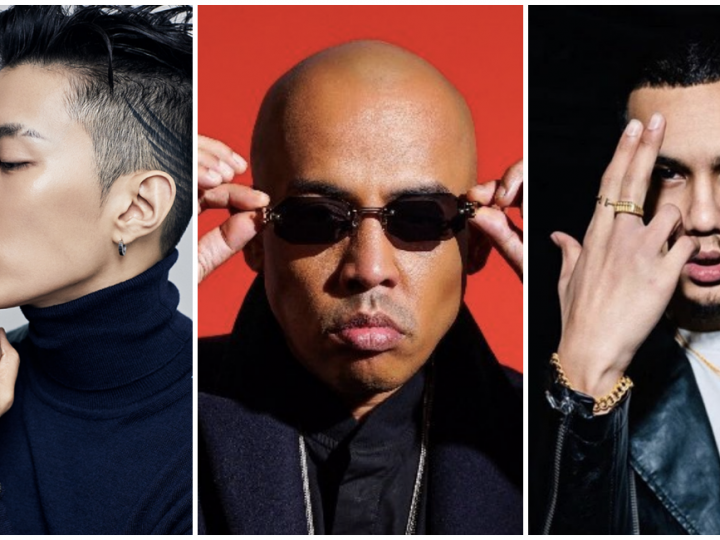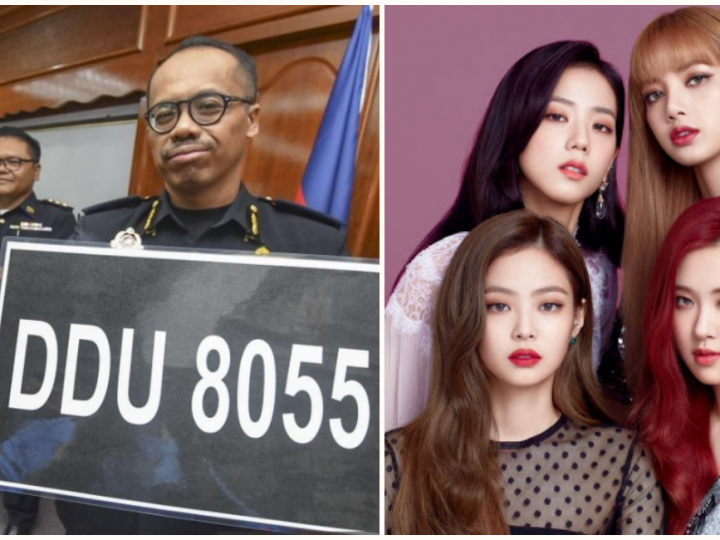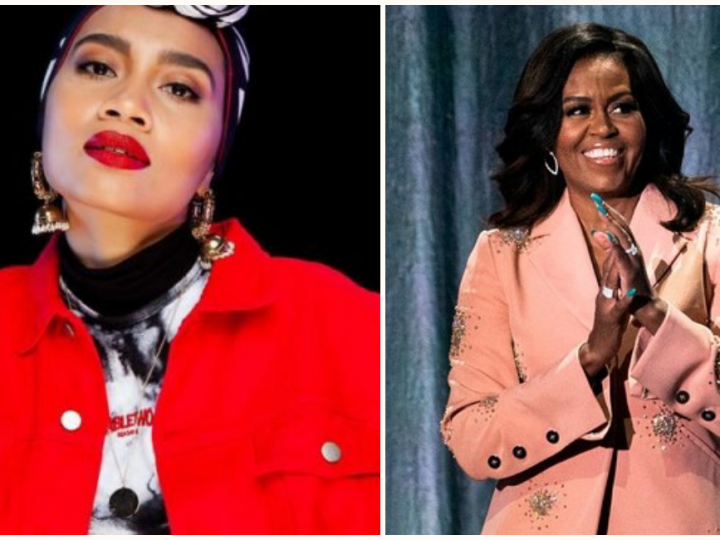The Crackdown Of ‘Fake Artists’ On Spotify & How It Affects Other Real Artists
 Thirsty for JUICE content? Quench your cravings on our Instagram, TikTok and WhatsApp
Thirsty for JUICE content? Quench your cravings on our Instagram, TikTok and WhatsApp

Can you think of the last time you listened to a song on vinyl?
Unless you’re a softboy or a boomer, the answer is most likely never or a very, very long time ago.
Many of us consume music through Spotify since it’s the most accessible and convenient way of sharing our sonic tastes with each other.
However, despite its popularity, Spotify has been under fire for many controversies, most notably their spat with heavyweight artist, Taylor Swift.
Recently, Twitter user @SociableBarely uncovered another old, but glaring problem within Spotify’s system.
In 2017, Spotify was exposed for creating ‘fake artists’ on their platform and promoting them through their official playlists.
According to an exposé by Paperchain, there is a total of 50 fake artists currently on the platform that garner a range of 24 million to 500,000 streams each.

The most obviously fake artist from this list is a singer named Ana Olgica. Her most popular song, ‘Sugarcane’ has 136 million streams, which is more than Frank Ocean’s ‘Godspeed’. Despite that, you’ve probably never even heard of her…
As if our suspicions weren’t strong enough, Olgica has a total of 900,000+ monthly listeners but no bio, images or links to her social media platforms. To compare, local band The Fridays has only 57 monthly listeners but their profile is complete with a bio, images and links to all their social media.
In fact, even Olgica’s profile photo is just a screencap of the ‘Sugarcane’ cover art.
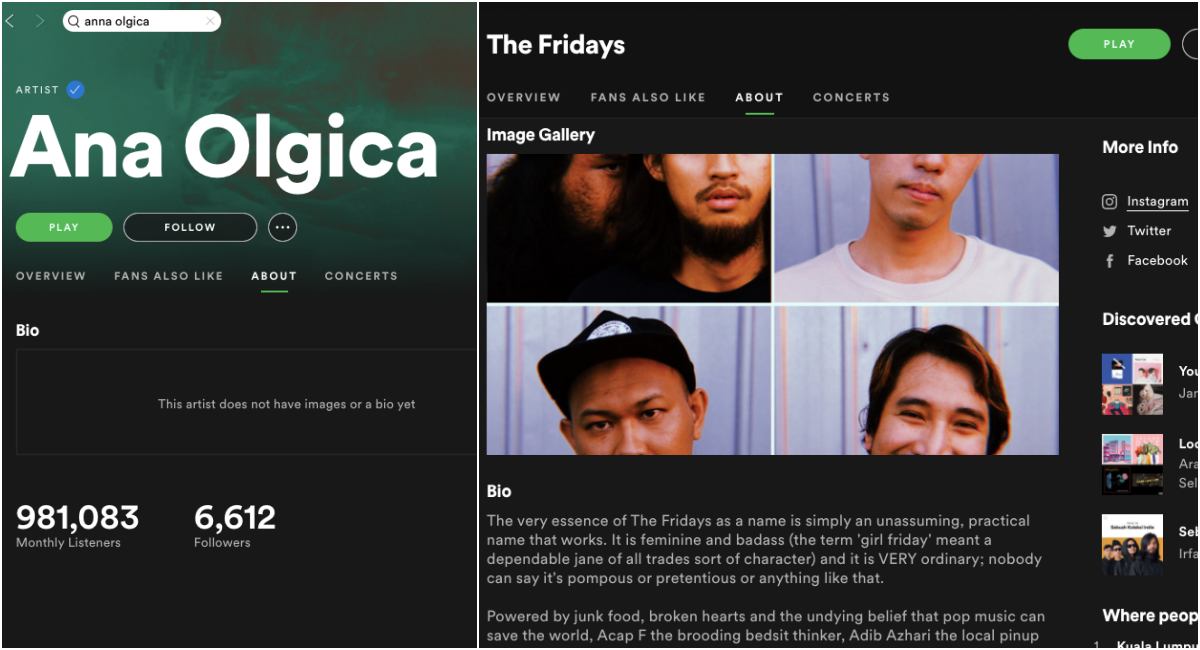
As mentioned prior, @SociableBarely did some digging and found out that the photos available of Ana Olgica are actually just stock photos of a woman playing guitar.
Take a look:
Jesus Christ, there’s so much fraud on Spotify;
I didn’t realize Spotify themselves was fully complicit though…
Here’s an artist that has 132M streams on their most popular song.
Google her and enjoy reading a completely fake backstory with a stock photo decoy.
— Barely Sociable (@SociableBarely) January 14, 2021
It doesn’t just end with Ana Olgica. Like we said, there are 49 other artists like her that are completely fictional. To read the full list, you can click here.
Who knows? You might’ve streamed one or two of their songs without realising it…
This begs the questions: Where is all this music coming from? How are they connected to Spotify? And how does it affect real artists? Let’s break it down one by one…
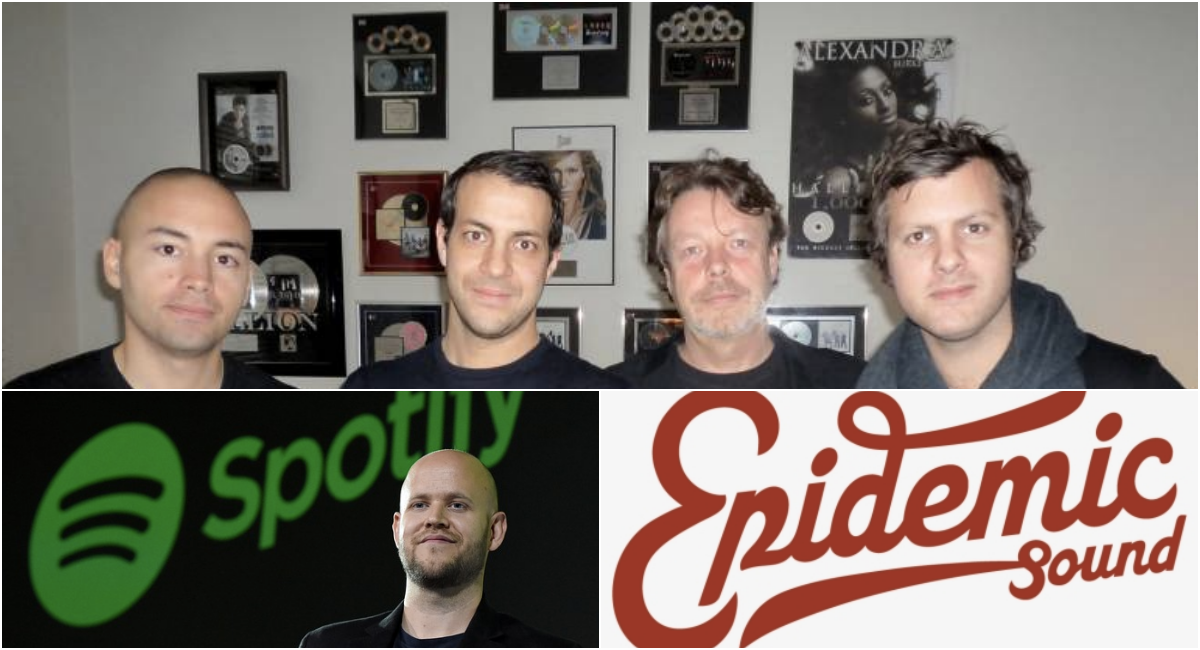
According to Paperchain, these fake artists are mostly imported from Sweden.
Through their data analysing, they discovered that the The International Standard Recording Code (ISRC), which is an international standard code for uniquely identifying sound recordings and music video recordings, for most of the tracks listed under these fake artists comes from a Swedish agency.
It was even discovered that Quiz & Larossi, a Swedish production duo, was responsible for 50+ tracks ‘belonging’ to aforementioned fake artists.
Furthermore, a Swedish company named, Epidemic Sound, has also been linked to the controversy since most of the composers of the tracks are represented by the company.
You know what else is Swedish? Yeap… Spotify!
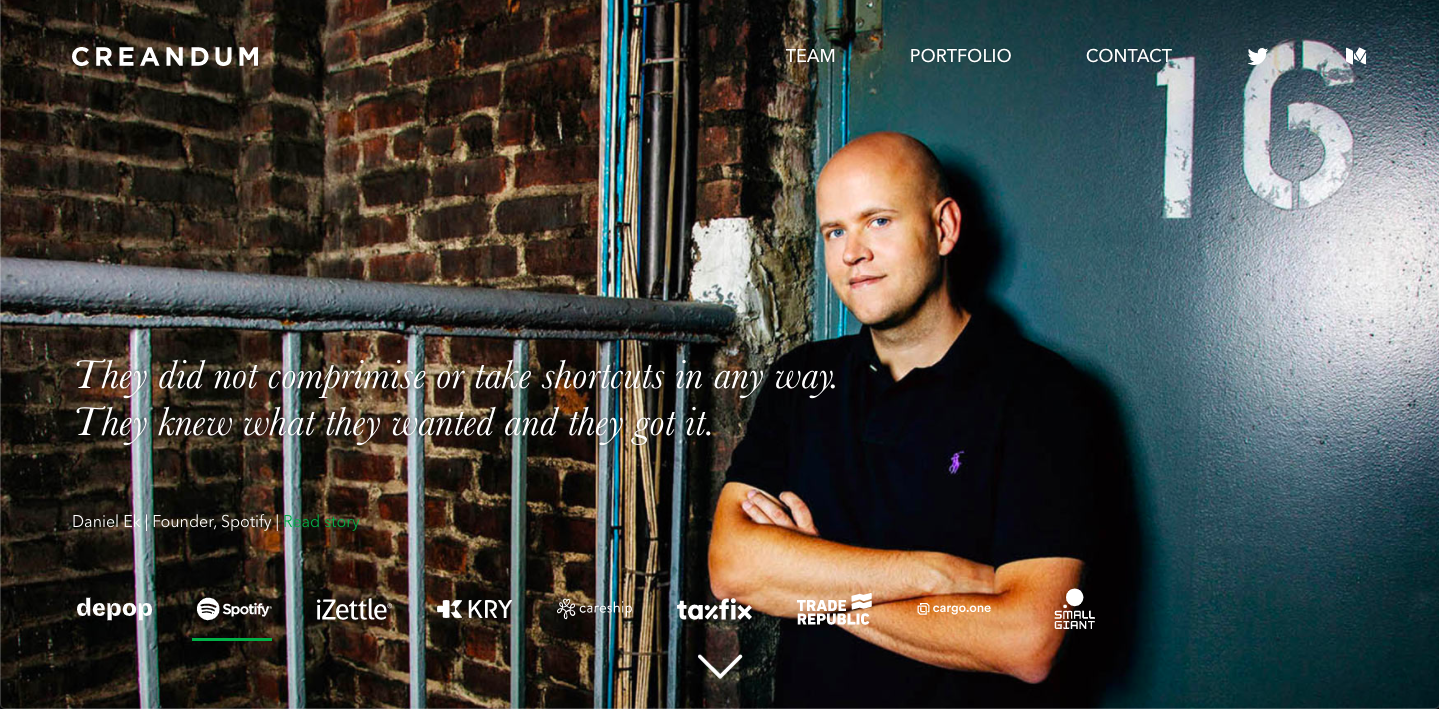
Both Spotify and Epidemic Sound are owned by Creandum.
In 2014, Epidemic Sound raised $5m from Creandum which was touted as ‘the leading Nordic venture capital firm investing in innovative and fast-growing technology companies’.
7 years prior to that, Creandum – whose homepage features a photo of Daniel Ek, Spotify’s CEO – became the first institutional investor in Spotify.
All fake artists included in the list are often featured in Spotify’s official playlists, which is predominantly why the artists have a minimum of 500,000+ streams each.
When Music Business Worldwide (MBW) contacted professionals from the music industry about this matter, none were surprised that this practice exists. According to these senior figures (who remain anonymous),
- “We’ve been very aware of these artists. Some of the acoustic covers playlists contain ‘artists’ owned by a third-party indie production company that’s been doing cheap covers for years. We’re confident that the acoustic piano stuff is owned by Spotify under assumed names.”
- “This has been going on for a long time. We’ve been told that third-parties are involved, and at least some of the people behind the fake artists agree to insanely low margins, which obviously has a financial benefit to Spotify. The labels hate it.”
- “What we can be sure of is that this strategy is designed to lower the share of music on playlists from legitimate labels – major and indie – that are investing substantial resources to develop quality artists and music, so that Spotify can lower its content costs and lessen the influence of the labels.”
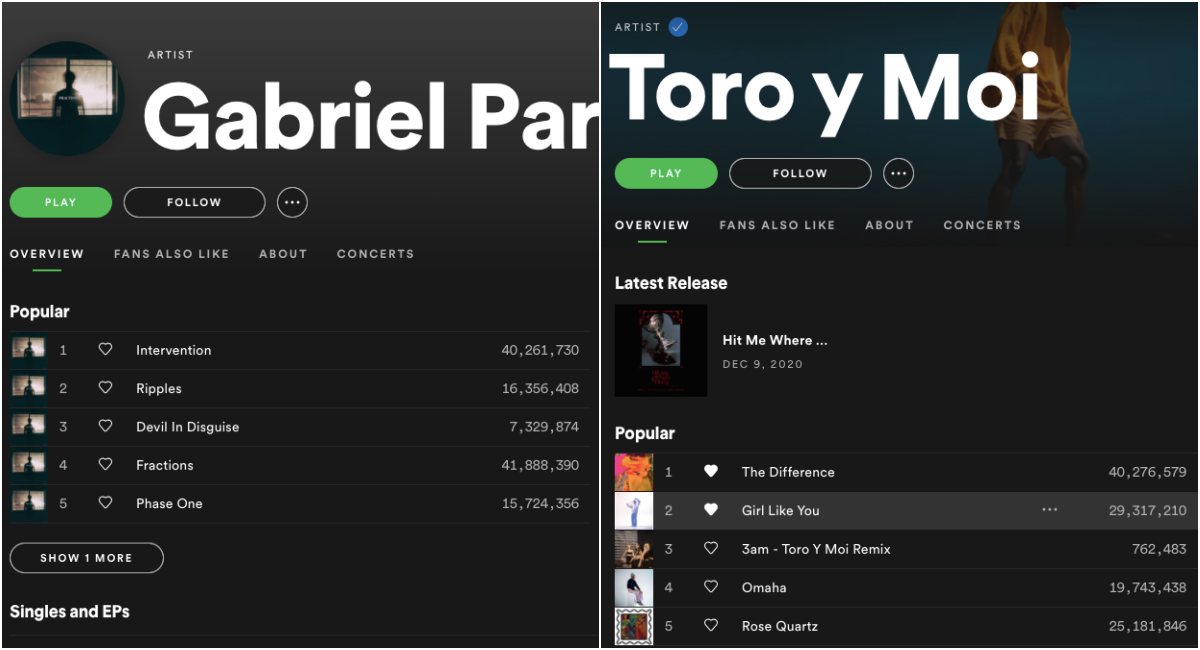
This malpractice affects real artists and their royalties.
Contrary to real artists and royalties, Epidemic Sound practices the ‘one time compensation’ where they don’t believe payment to artists should be based on usage, hence zero royalties.
So, when Spotify keeps promoting these royalty-free tracks in their most successful curated playlists in favour of real artists, it would reduce the play-count share of every other artist or label that is on their platform.
This is because every stream is pooled before the payment is distributed and payment is based on total percentage of plays that each artist gets. So, to put it simply, the bigger artists with the most streams tend to score the biggest bank.
With fake artists receiving 40 million streams – which is comparable to the likes of Toro Y Moi – you can see where Spotify is cutting their corners.
As the final nail to the coffin, Spotify’s new algorithm detailed that artists will only be able to promote their songs on Spotify to more listeners if they agree to a lower royalty rate. Tough luck, guys…

With all that said, it would be unfair to ignore Spotify’s retort to the controversy.
Here’s what they had to say:
“We do not and have never created ‘fake’ artists and put them on Spotify playlists. Categorically untrue, full stop. We pay royalties – sound and publishing – for all tracks on Spotify, and for everything we playlist. We do not own rights, we’re not a label, all our music is licensed from rights-holders and we pay them – we don’t pay ourselves.”
Fair enough, but I’m still going to look up the bio whenever an unknown artist is randomly selected to be played on my Spotify from now on. ‘Cause, at the end of the day, if I wanted to listen to a hantu, I’d go here.


 Get Audio+
Get Audio+ Hot FM
Hot FM Kool 101
Kool 101 Eight FM
Eight FM Fly FM
Fly FM Molek FM
Molek FM